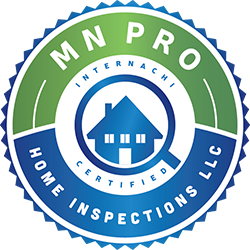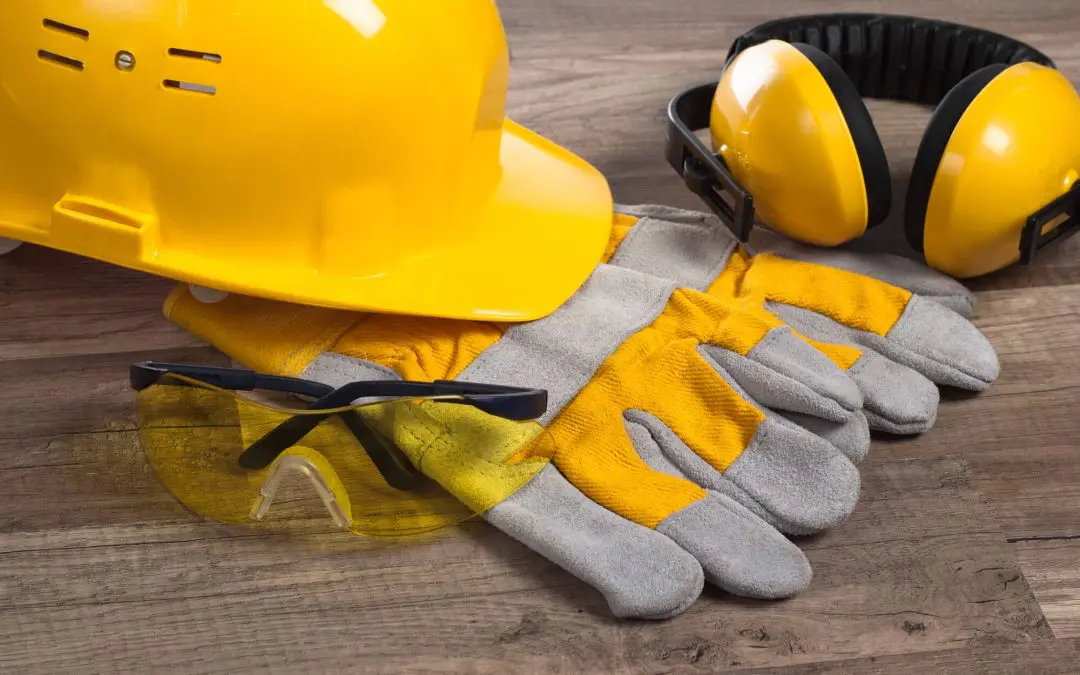Embarking on a DIY project can be incredibly rewarding, but safety should always be your top priority. Whether you’re a seasoned DIYer or just starting, having proper safety gear can protect you from accidents and injuries. Here’s a rundown of the essential safety gear for DIY projects.
Safety Gear for DIY Projects: Protective Eyewear
Your eyes are incredibly vulnerable during any DIY project. Flying debris, dust, and chemical splashes can cause serious damage. Invest in high-quality safety glasses or goggles with a snug fit and adequate coverage. Look for those with anti-fog and scratch-resistant coatings to ensure clear vision throughout your tasks.
Hearing Protection
Prolonged exposure to loud noises from power tools can lead to permanent hearing damage. Earmuffs and earplugs are essential for protecting your ears. Earmuffs are easy to put on and take off, making them ideal for intermittent use, while earplugs provide a closer fit and are great for extended periods.
Respiratory Safety Gear for DIY Projects
Dust, fumes, and chemical vapors are common hazards in many DIY projects. A good quality dust mask or respirator can protect your lungs from these harmful substances. Disposable masks are suitable for light tasks, but opt for a reusable respirator with replaceable filters for more serious projects involving paint, solvents, or heavy dust.
Gloves
Protecting your hands is crucial, as they are often exposed to sharp objects, chemicals, and rough surfaces. Different projects require different types of gloves. For general use, durable work gloves made of leather or synthetic materials offer good protection. For tasks involving chemicals, choose gloves made from materials like nitrile or latex to ensure chemical resistance.
Hard Hat
A hard hat is indispensable when working in environments where there is a risk of falling objects or head injuries. Ensure it fits well and meets the necessary safety standards. Some hard hats include features like face shields or earmuffs for additional protection.
Steel-Toed Boots
Your feet need protection from heavy objects, sharp debris, and hazardous substances. Steel-toed boots provide excellent protection and are a must-have for any serious DIYer. Look for boots with slip-resistant soles to prevent falls, especially when working on slippery surfaces.
Knee Pads
If your project requires a lot of kneeling, knee pads can save you from discomfort and potential injury. They provide cushioning and support, reducing strain on your knees and allowing you to work longer and more comfortably.
High-Visibility Safety Gear for DIY Projects
When working outdoors or in dimly lit areas, high-visibility clothing ensures you are seen by others, reducing the risk of accidents. Reflective vests, jackets, or even bright-colored shirts can significantly affect your safety.
First Aid Kit
Accidents can happen even with the best precautions. Having a well-stocked first aid kit on hand is essential. It should include bandages, antiseptics, pain relievers, and other basic medical supplies to handle minor injuries until professional help is available.
Safety gear is not optional for DIYers; it’s a necessity. Investing in the right protective equipment can prevent injuries when working on DIY projects. Remember, safety should always come first, no matter how small or large the task.
FAQs on Safety Gear for DIY Projects
Are there any specific safety gear certifications or standards I should look for?
Look for safety gear that meets standards such as ANSI (American National Standards Institute), OSHA (Occupational Safety and Health Administration), or CE (Conformité Européenne) certifications, which ensure the products meet specific safety requirements.
How can I ensure that my safety gear fits properly?
Proper fit is essential for adequate protection. If possible, always try on safety gear before purchasing it or check sizing guides. For items like respirators and gloves, look for adjustable features to customize the fit.
Can I use regular prescription glasses as protective eyewear?
No, regular prescription glasses do not offer the same level of protection as safety glasses. Prescription safety glasses are available, providing vision correction and necessary impact protection.
How can I store my safety gear to ensure it lasts?
Store safety gear in a cool, dry place away from direct sunlight and chemicals. Use storage containers or designated hooks to keep items organized and prevent damage.
Mn Pro Home Inspections provides home inspection services for the Twin Cities and Western Wisconsin. Contact us to book our services.

